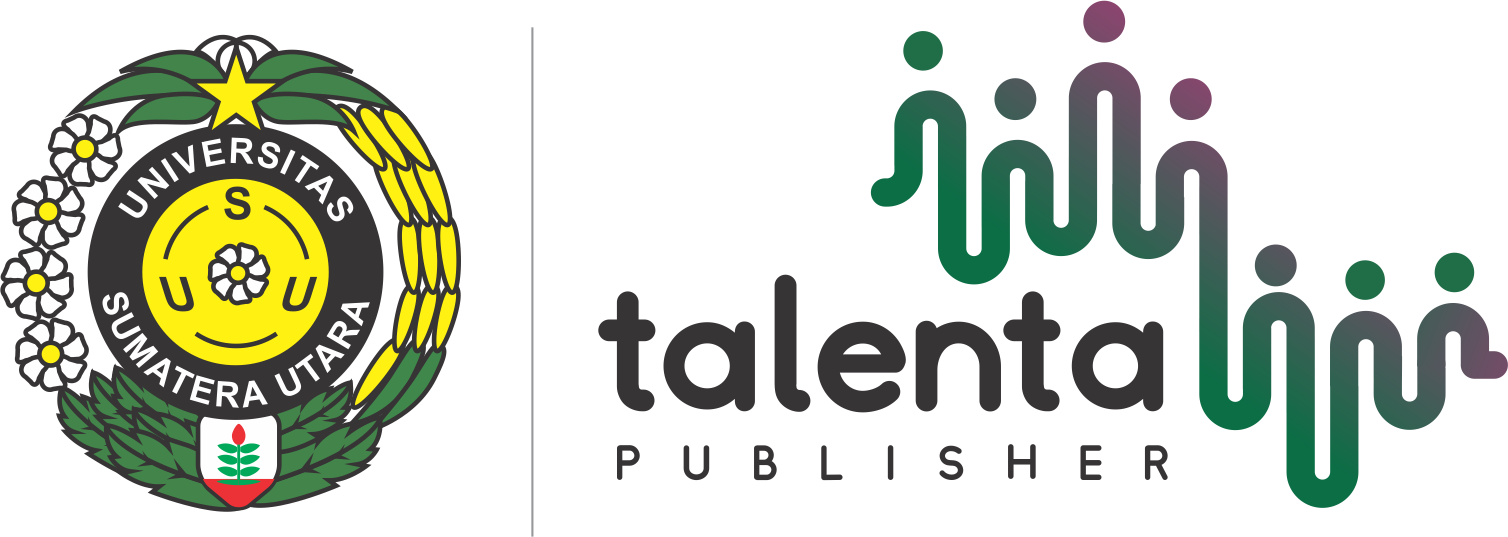Analisis Efektivitas Mesin Ripple Mill Menggunakan Metode Overall Equipment Effectiveness (OEE)
| Authors | ||
| Issue | Vol 5 No 2 (2022): Talenta Conference Series: Energy and Engineering (EE) | |
| Section | Articles | |
| Section |
Copyright (c) 2022 Talenta Conference Series: Energy and Engineering (EE)  This work is licensed under a Creative Commons Attribution-NonCommercial-NoDerivatives 4.0 International License. |
|
| Galley | ||
| DOI: | https://doi.org/10.32734/ee.v5i2.1556 | |
| Keywords: | ripple mill CPO fishbone diagram overall equipment effectiveness diagram afinitas affinity diagram | |
| Published | 2022-12-13 |
Abstract
Indonesia ialah penghasil minyak sawit mentah salah satu yang terbesar di dunia yang dihasilkan dari perkebunan kelapa sawit. PT. DCE merupakan perusahaan negeri (BUMN) yang bergerak dalam proses manufaktur yaitu pengolahan Tandan Buah Segar (TBS) menjadi produk Crude Palm Oil (CPO), dan kernel yang terletak di Provinsi Riau. PT. DCE dilengkapi pabrik pengolahan kelapa sawit yang menghasilkan minyak sawit atau CPO dan mengirim kernel untuk diolah dipabrik kebun lain. Pada pabrik ini inti dari buah kelapa sawit memiliki nilai jual yang tinggi, sehingga dilakukan proses pemisahan antara inti (kernel) dari cangkangnya. Palm kernel diperoleh dari hasil proses pemecahan nut, yang diolah pada stasiun nut & kernel di suatu alat yang disebut ripple mill. Permasalahan yang ada di PT. DCE adalah ketidaksesuaian standar mutu efisiensi hasil produksi inti (kernel) pada mesin Ripple Mill dengan standar mutu pabrik. Khususnya pada standarisasi mutu inti pada mesin yang dapat disebabkan oleh berbagai faktor seperti mesin, bahan baku, manusia, lingkungan kerja dan lain sebagainya. Penelitian ini bertujuan untuk menganalisis faktor penyebab berkurangnya efisiensi pada mesin Ripple mill menggunakan metode Overall Equipment Effectiveness. Analisis permasalahan dilakukan dengan menggunakan fishbone diagram untuk mencari akar penyebab permasalahan yang terjadi, dan diagram afinitas untuk membuat rekomendasi dari masalah yang dihadapi dan memberikan arahan dalam pengembangan selanjutnya. Solusi perbaikan yang diberikan berdasarkan hasil analisis yaitu, melakukan maintenance secara rutin dan berkala, menjaga kondisi lingkungan kerja, melakukan pelatihan terhadap operator, melakukan evaluasi dan briefing setiap pagi terhadap SOP, dan melakukan penyortiran bahan baku sesuai standar yang telah ditetapkan.
Indonesia is one of the world's largest producers of crude palm oil produced from oil palm plantations. PT. DCE is a state-owned company (SOE) engaged in manufacturing processing Fresh Fruit Bunches (TBS) into Crude Palm Oil (CPO) products, and kernels located in Riau Province. PT. DCE is equipped with a palm oil processing plant that produces palm oil or CPO and sends palm cores to be processed in other plantations. In this factory the core of the palm fruit has a high selling value, so the process of separation between the core (kernel) from the shell. Palm kernels are obtained from the nut breakdown process, which is processed at a nut &kernel station in a tool called a ripple mill. The problems that exist in PT. DCE is a mismatch of the quality standards of the efficiency of core production products (kernel) on Ripple Mill engines with factory quality standards. Especially in the standardization of core quality in machines that can be caused by various factors such as machinery, raw materials, humans, work environment and so on. This study aims to analyze the causative factors of reduced efficiency in ripple mill machines using the Overall Equipment Effectiveness method. Problem analysis is done using fishbone diagrams to find the root cause of the problem, and affinity diagrams to make recommendations of the problem at hand and provide direction in subsequent development. The improvement solutions provided based on the results of the analysis are, conducting regular and periodic maintenance, maintaining working environment conditions, conducting training on operators, conducting evaluations and briefings every morning against SOPs, and sorting raw materials according to established standards.






